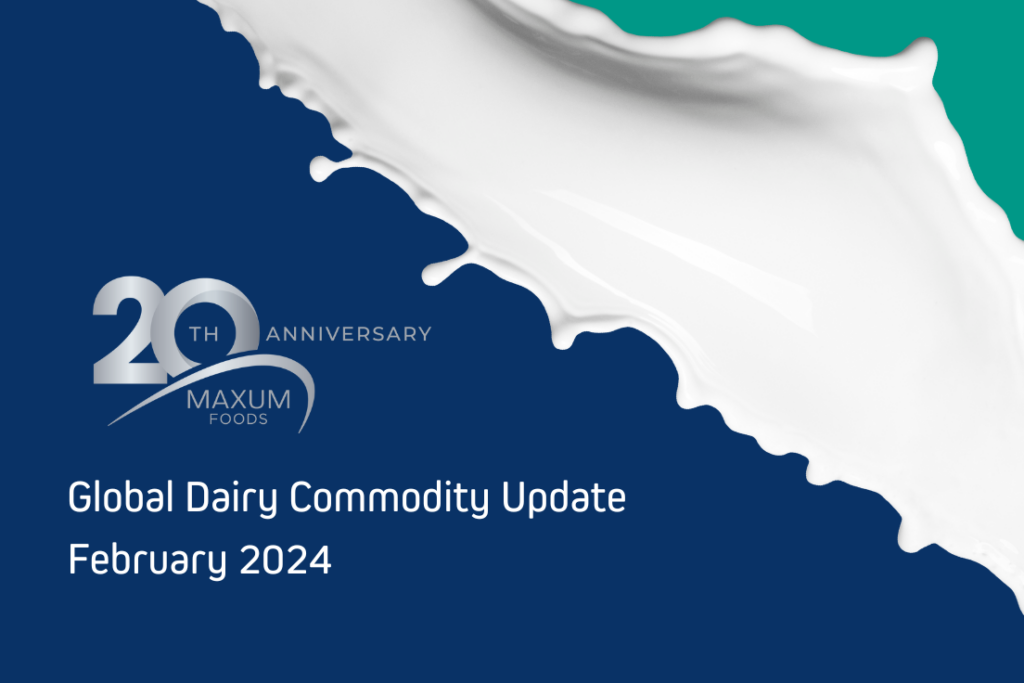Uncertainty over a demand revival is clouding the global outlook. With rising geopolitical risks, consumer sentiment is mixed. Spending may decline as debt swells and inflation persists, albeit at lower rates. Meaningful signs of demand growth remain elusive.
Milk supplies face economic headwinds to growth in the EU and US despite entering the peak season. Replacement animals are hard to find in the US, limiting any rapid expansion.
While inflationary pressures are easing in most developing regions, costs of food and essentials remain relatively high, pressuring the affordability of dairy products.
Market fundamentals suggest EU fat and protein balance sheets should tighten through 2024 as milk production faces further headwinds, assuming only modest increases in domestic demand and exports as consumers adjust to changing living costs. Weather is the wild card – currently this could support the EU spring milk flush.

Oceania fat and protein prices firmed with improved trade, but NZ will continue to strongly influence global price action as the recent small recovery in Asian demand is tested. There seems to be little pressure on commodity availability as the El Nino non-event may sustain regional milk production.
The milk balance in the US is also tightening with milk output flat at best. Growth in domestic cheese demand will be modest in H1-24, while significant additional export sales will be hard to win.
New US cheese capacity will need more milk, with expectations for more milk starting in H2-24. Once new plants are operational, cheddar prices may be vulnerable in H1-25 if US domestic demand doesn’t improve sufficiently to soak up supply. Global trade improved 9.2% year-on-year in MSE terms in November and was up 2.3% in the three months to that month on weak comparables but continued to track closely with 2020 and 2021 volumes.
By Edwin Lloyd, Executive General Manager – Foods
Ph: +61 7 3246 7810
edwin@maxumfoods.com
Graph Reference: Fresh Agenda
To view PDF of this release, click here.



